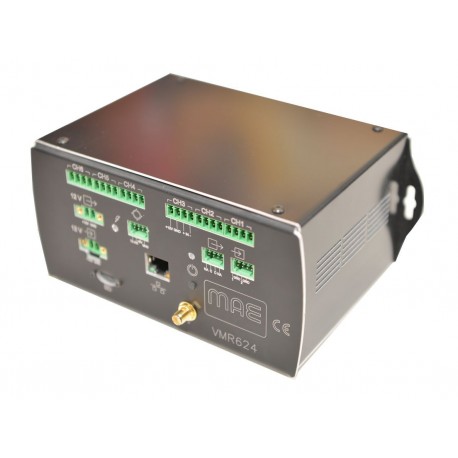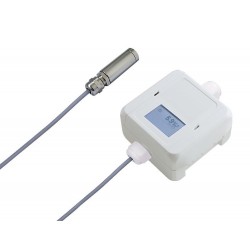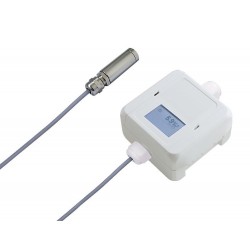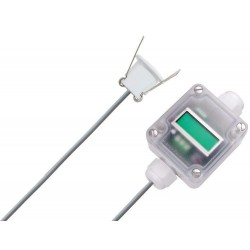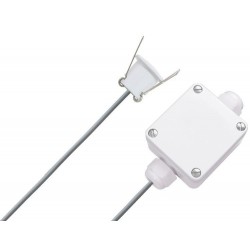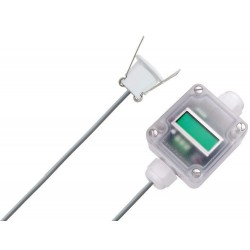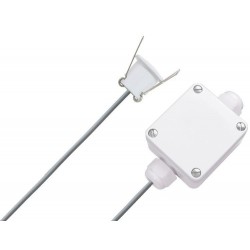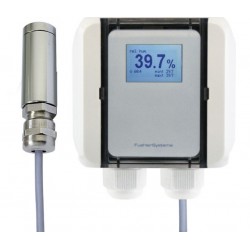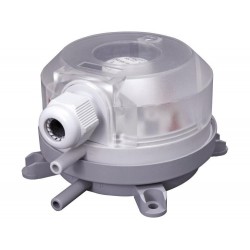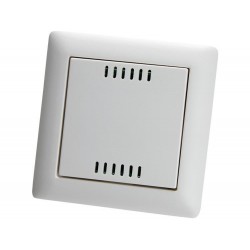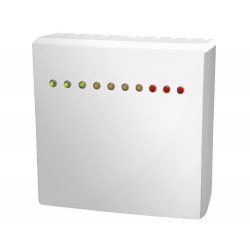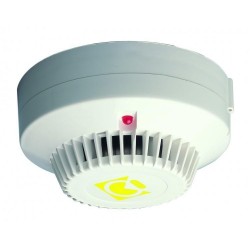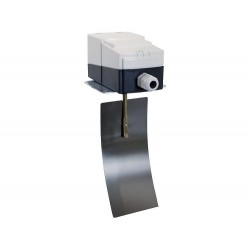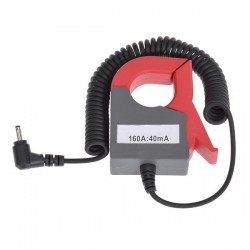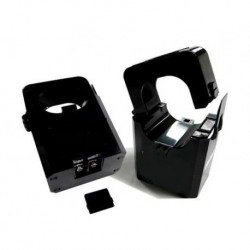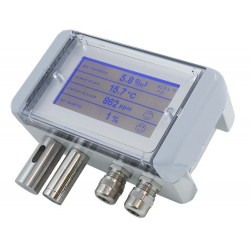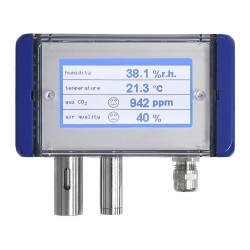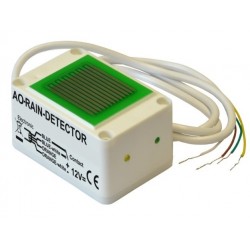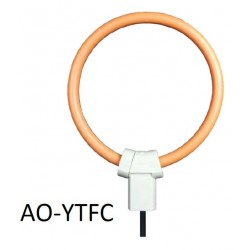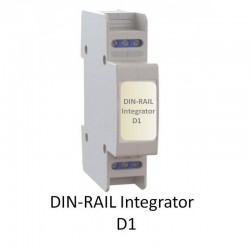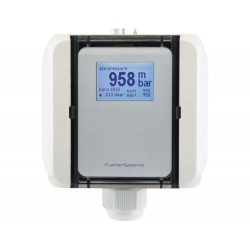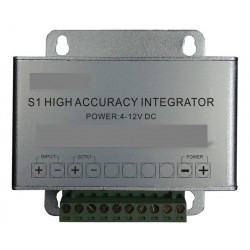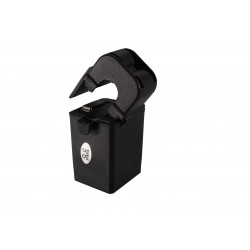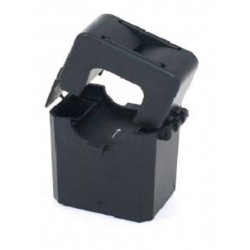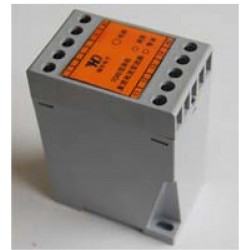No products
Prices are tax excluded
Product successfully added to your shopping cart
There are 0 items in your cart. There is 1 item in your cart.
VMR624 Stand Alone Seismograph, 6 channels, 24 bit
VMR624
New
Dynamic surveys on structures
Seismic vibration monitoring
- More info about this product.
- Remove this product from my favorite's list.
- Add this product to my list of favorites.
| Type of Instrument | Stand Alone Seismograph |
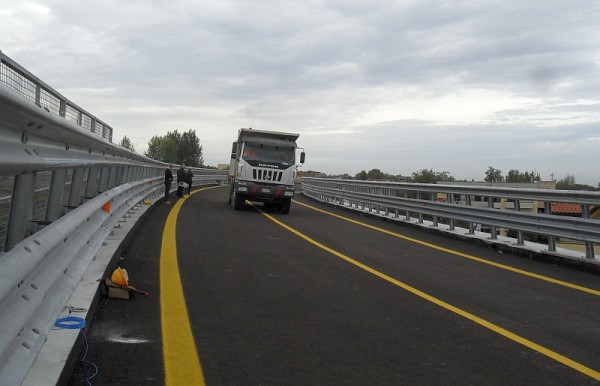
Dynamic Structure Surveys
One of the key issues related to the stability and durability of modern buildings and such infrastructural works as masterpieces or places of historical interest, is represented by the assessment of the response to dynamic stresses they may be subjected to in the course of their lives as a result of those phenomena that can be continuous or constant over the time (such as the effect of the vehicular traffic, the wind on a bridge or the seismic events). In these cases it is necessary to accurately measure both speeds and accelerations that the structures can hold up without any significant damage. In order to measure the movements produced by dynamic stresses, it is necessary to use real-time sensors, because speed and frequency of the movements are so high to require data acquisition architectures usually made up of accelerometers with characteristics that vary depending on the investigated object and connected to high resolution acquisition systems. Below the main targets of the dynamic surveys on structures:
- Checking the project’s validity and consequent compliance to it in the realization of the work performed
- Dynamic characterization of infrastructures, buildings, historical monuments affected by temporary or permanent vibrations induced by: urban, rail or any kind of heavy traffic
- Real response of the structures to events of hydrologic or seismic instability.
- Monitoring of damages or breaks of structural elements caused by induced vibrations
- Verification of the work’s durability prevision
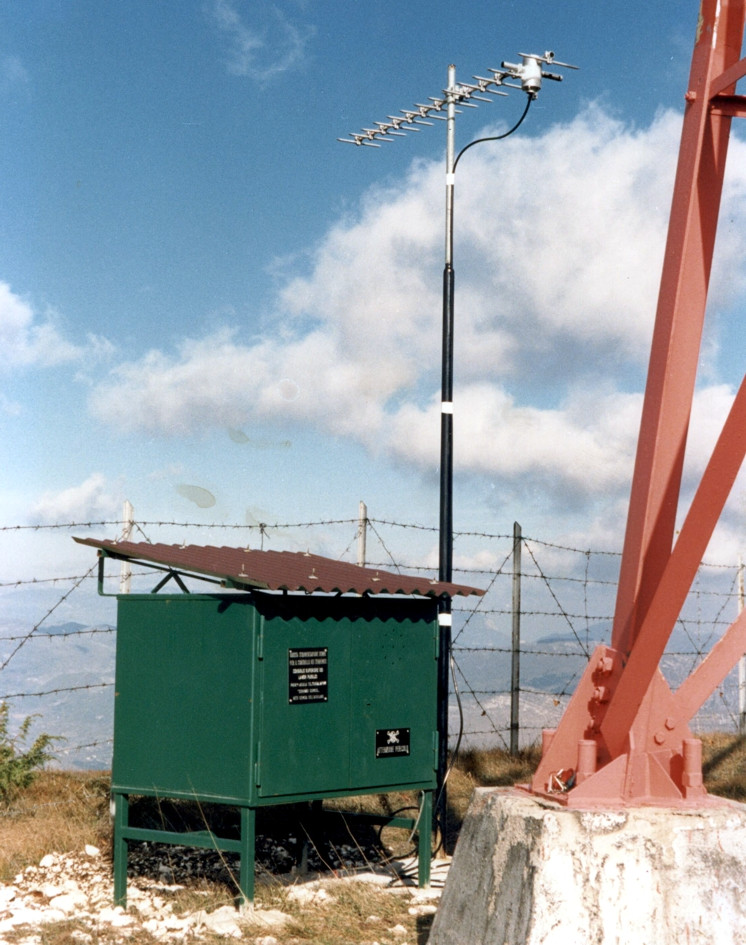
Seismic vibration monitoring
The survey methodologies based on passive seismic may be of "on time" type, where the instrument performs a constant recording of the signals coming from the sensor connected to it, or of "trigger" type.
TRIGGER BASED SEISMIC MONITORING
The seismic vibrations monitoring called "trigger", or threshold, is one of the methodologies the non-destructive testing (CND) surveys are made up of and it is widely used within structural monitoring and dynamic surveys on the structures. In the trigger acquisitions such "stand alone" seismographs are used; these are specifically designed for the continuous seismic monitoring, where even if they are constantly listening, they are ready to start recording as soon as an event exceeding the trigger threshold (time 0 , start of recording) set in the instrument at the programming time. The sensors used are usually the tri-axial low frequency 1, 2 Hz type. The use of trigger seismic vibrations allows:
- to assess the consequences of seismic vibrations generated by vehicular traffic or temporary construction sites on buildings, infrastructure and surrounding houses, in order to assess their potential dangerousness on them.
- to plan eventual corrective actions in the traffic circulation, in the works progress modalities, in order to avoid breaks, irreparable structural damages or buildings collapses in case of construction sites.
- to constantly monitor (at low cost) the state of monuments and buildings of particular value
- to allow (at the design beginning of works and infrastructures) avoiding any accident during the work, coming from specific problems of the site that cannot be detected by any other methods of surveys.
TIME BASED SEISMIC MONITORING
This technique is used to obtain information concerning possible dynamic amplification effects of seismic waves in "emersion". It is based on the recording of the background noise in the time domain and following elaboration of the signal’s frequencies in the domain. It is carried out by placing a tridimensional geophone on the ground with low frequency response and by recording the seismic noise in different temporal windows. Later on, the study of the spectrums obtained from the convolution of the frequency of the signal recorded in the domain for the three components of the ground motion and the application of techniques on spectrum analysis, allows to define and measure possible local seismic amplifications and the seismic frequency of the site. The measurements of the microearthquake can also be taken in linear “arrays” for the localization of faults.
Seismic monitoring is carried out in areas subject to risks related to a seismogenic activity, by acquiring the seisms with time and recording the seismograms. Seismic stations are used able to record in threshold or continuous type, and low frequency geophones or seismic accelerometers. The recording in the long period, of the earthquakes relative to a site or fairly large area allows to configure the seismic scenario of an area and evaluate the risk and vulnerability conditions. If the monitoring activity is supported by specific knowledge of geological and geo-technicaltype, we are talking about seismic Micro-zoning.
Stand-alone seismic digitizer specific for seismological studies and monitoring of seismic events. Instrument is designed for the automatic recording and saving of each seismic event on internal memory or sending to data collection center according to chosen mode. Unit management and programming can be done by Ethernet connection or by integrated GPRS / UMTS module. Unit is totally manageable remotely and is equipped with a high resolution (24 bit) acquisition card, with a dedicated sampler for each input channel. It is characterized by Compactness and Resistance. The data communication module and the integrated web server allow visualization of data acquired from the instrument in real time on any device connected to internet by accessing the dedicated page.
Local and remote alarm management: instrument allows the setting of alarm thresholds and, when they are exceeded, it is possible to send remote alarm signals with preset modes by the user and to activate locally the signs of visual signaling, warning signs, traffic lights, flashing lights or acoustic type such as sirens or prerecorded voice messages. Reporting of any threshold overruns can be notified in various ways such as an alarm call, SMS, mail. It is possible to install VMR624 even in remote areas or without an electric network by powering seismograph through photovoltaic kits of different power. The unit allows continuous monitoring of vibrations and noise generated by sources outside the structures, such as road or rail traffic, construction or demolition activities, the operation of impulsive machines, or from sources inside the structure such as the movement of people, movement of vehicles and materials, machine vibrations, etc. Through admitted vibration limits, instrument allows, in accordance to current regulation UNI 9916 (2014), to set programmable alarm thresholds upon which alarms are sent according to user's configuration. Alarm reporting via SMS or e-mail and sending data over the network are a strong point for timely and constant monitoring and for an easier access to the data of all the operators involved in monitoring. The flexible architecture of the unit it allows its functioning in stand-alone and in network modes.
- Stand-alone operation. The alarm management is based on the continuous interpretation of the input signals on 6 channels, the coincidence of thresholds exceeding individually set by one or more channels for a settable time determines the remote alarm signaling via sms and locally via relay activation. The alarm condition also determines the recording of the event on the internal memory and the optional sending via website for a time that can be set to allow subsequent processing. The data download by customer is possible by direct GPRS connection or by Ethernet connection. In case of an optional 3G or LAN connection, in the event of an alarm, the digitizer can send data directly to web portal, so as to limit time required for event visualization by assigned staff.
- Network operation: the unit provides continuous transmission by Ethernet network (preferential channel) or 3G (secondary channel) of the 6 channel acquisition data. In case of lack of both transmission channels, unit registers locally until they are restored. The acquisition center will analyze data, determine the epicentres and magnitude and the warning of the competent authorities. Using the relay outputs, different types of local alarm signals can be configured in both visual and acoustic such as sirens, setting an activation time. Exceeded the limits of vibration thresholds, maximum amplitude in speed (mm / s) imposed by the law, you can enable notifications through SMS and email up to 5 final recipients so as to ensure a timely reporting of any critical situations. VMR624 can also be installed in remote areas or without an electric network using accessory photovoltaic kits.

